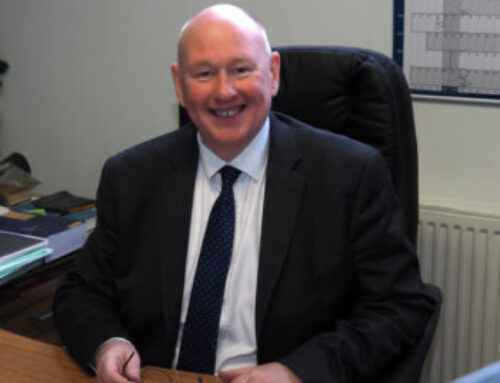Your “personal injury claim” is for fair financial compensation for your losses. I have given you advice, which looks more like medical and rehabilitation advice, that will keep those losses to a minimum. Wouldn’t you want more losses so as to have a larger claim? Heck no. That’s about as ridiculous as hoping that your car sustains more damage so that the repair bill will be higher.
Unfortunately, assessing your losses is not like assessing how much it will cost to repair your car. The evidence of vehicle damage is right there to be seen. Ten repair shops could each look at the same damaged vehicle and come up with similar assessments of the loss. Your losses, i.e. your pain and other symptoms and how those symptoms have and are continuing to impact your work, home, family, recreational and other aspects of your life are not “there to be seen”.
It is vitally important, therefore, that the evidence of your losses be preserved. If you cannot prove your losses, you will not be compensated for them.
How do you “prove” what it felt like to endure your symptoms early on after a crash, and the ways those symptoms are continuing to impact on you? You tell your story. The problem is that your own memories of these impacts will fade over time. The best way to tell a crisp, clear, reliable story of how your injuries have impacted on you will be by first refreshing your memory with a journal of entries you have made as the events have occurred.
Did your injuries cause you to miss work? Have you turned down overtime hours or is overtime not being offered to you because your employer is aware of your injuries? Might advancement opportunities have passed you by? Are you working somewhat fewer hours in your own business and hiring slightly more labour assistance?
Read the full article at: Preserving the Evidence – Achieving Justice – Paul Hergott






